We may receive a commission when you use our affiliate links. However, this does not impact our recommendations.
When I wrote my posting on how hide glue is made last Dec. 5, I knew I had pictures from the Milligan & Higgins hide glue factory, but I couldn’t find them. Now I have, so I thought it would be a good idea to share them with you.
There’s no point is repeating everything I said in the original posting. You can find it easily just by going back to my posting on Dec. 5, 2016, or even easier, type in “hide glue” in the Flexner on Finishing search box on this blog’s front page and “Hide Glue – Part 2: How it’s Made” will come up.
So here are the pictures with captions.
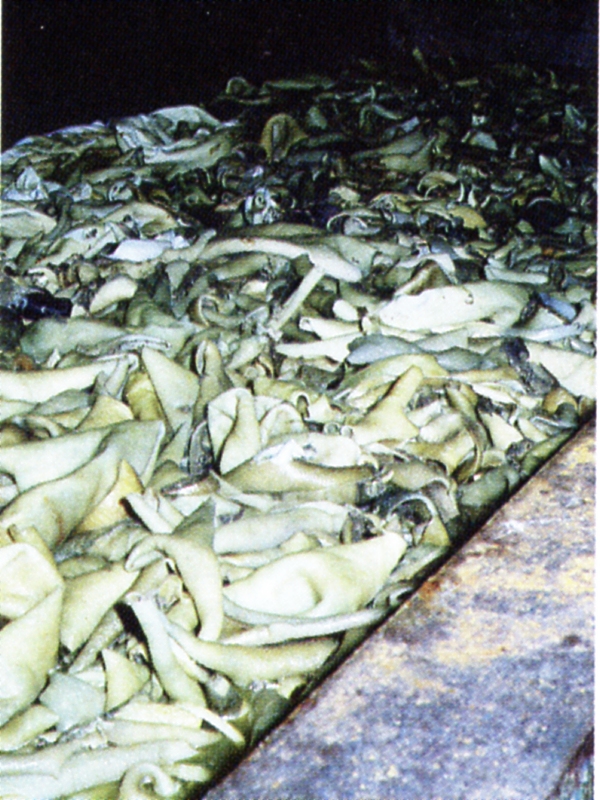
After the leather scraps have been washed, soaked in lime, washed again and neutralized, they’re put into a tank and cooked in water to extract the glue. Each cooking produces a lower-gram-strength glue.
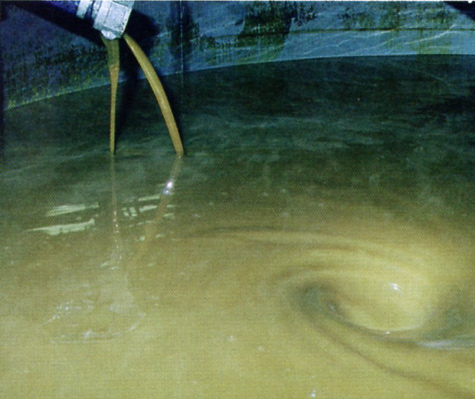
The dilute glue solution is then filtered and poured off into another tank where most of the water is vacuum evaporated.
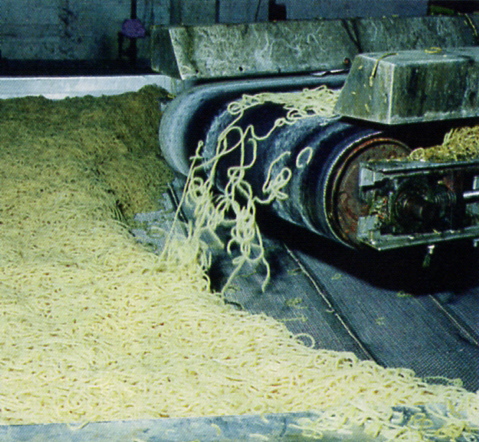
The concentrated glue is then chilled and run through an extruder, where the solid glue is shaped into “noodles” and then dried.
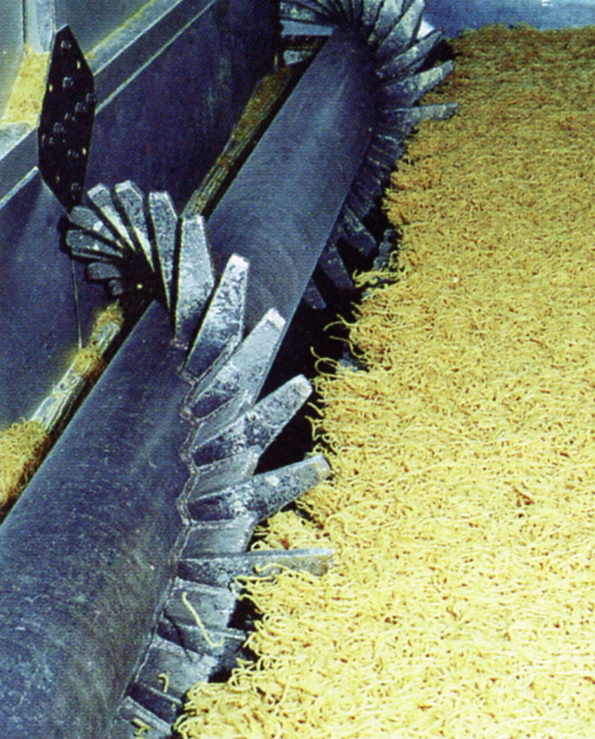
The spaghetti-shaped glue is broken up into small chunks.
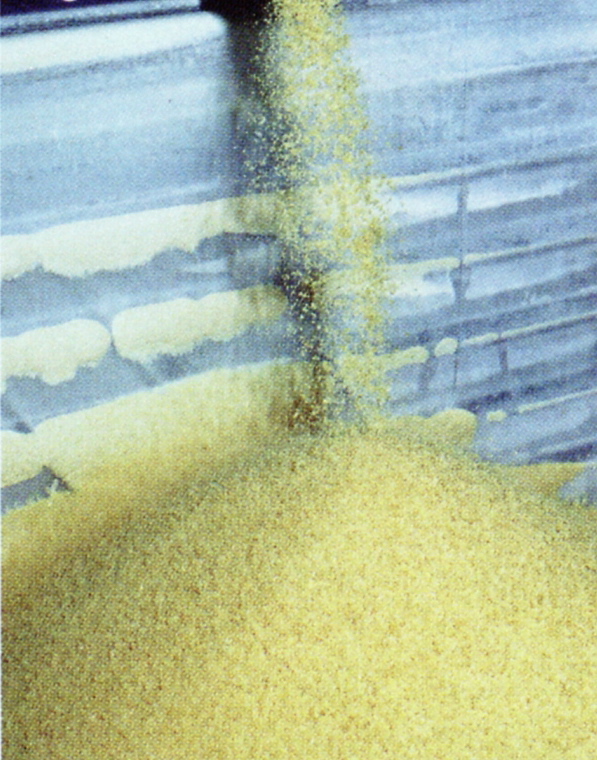
Then it’s ground to its final shape.
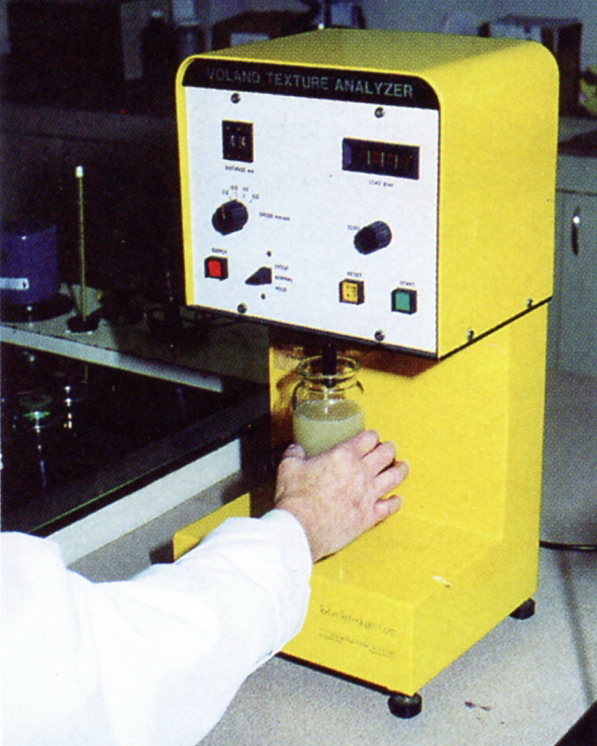
To determine the gram strength of the glue, a 1/2-inch diameter plunger is pushed 4 millimeters into the surface of a 12.5% solution at 10 degrees Centigrade. The amount of weight in grams required to accomplish this is rounded off to the nearest “midpoint,” is the gram strength of that batch of glue.
– Bob Flexner
Here are some supplies and tools we find essential in our everyday work around the shop. We may receive a commission from sales referred by our links; however, we have carefully selected these products for their usefulness and quality.







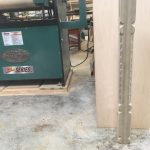

I would be nice if you provided a link to parts 1, 2, and 3 of your hide glue postings so that those of us who just found this posting could easily go back and read those posts. I was able to search your previous posting and find them but it would have been much easier with a few links.
Thanks.
as a hobby instrument repairer there are a couple possible reasons for stronger hide glue mixes in musical instruments. A) the stresses on an instrument joint that is strung to full tension is much more than most pieces of furniture will undergo B)instruments are often subjected to changing “weather” conditions, unlike a piece of furniture in a house. When traveling with instruments & playing at festivals/jams the instrument can be exposed to high humidity & heat. I’ve seen fiddles left in a car on a hot day–they come apart at the seams if left under tension!
The list was in Hide Glue: Part 2. Woodworker’s Supply, Tools for Working Wood, Merit Industries/Wood Finish Supply and a number of suppliers to the musical instrument world.
Great question. Actually, it was just like you would expect it to be if you have ever used hot hide glue. But keep in mind that a lot of suppliers buy their glue from China or elsewhere where factories aren’t kept as clean as Milligan & Higgins. For many years I didn’t know any better and bought my glue from one of these suppliers. My shop stunk pretty bad. But I grew to like the smell. Then I learned about the difference and only bought from Milligan & Higgins. I listed some of these retail suppliers in a previous post. I’ll try to find it and post it here.
Bob, I’m curious, what was the smell like throughout the factory?